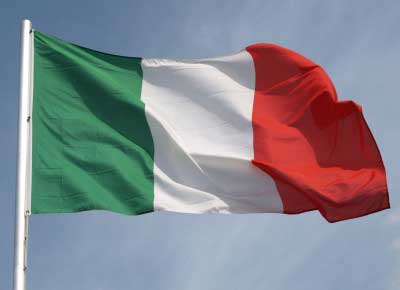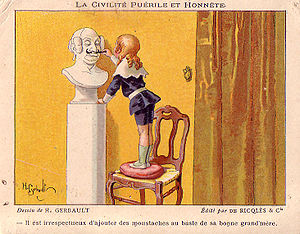
Sapere quando e come chiedere è molto importante nella vita.
Un bel gioco da fare è rivolgere la stessa domanda a varie persone e sentire quante risposte diverse riceviamo.
Hai mai provato?
Sai fare domande in italiano?
Knowing how and when to ask is very important in life.
A nice game to do is asking the same question to several people and checking how many different answers we get.
Have you ever tried?
Can you ask questions in Italian?
To practice Italian this week we invite you to read and test…
PRACTICE HERE: Italian/English Version
Picture source: 123rf

 Si dice che la storia della letteratura italiana inizi con questo famoso “indovinello veronese”, scritto verso la fine del 700 d.C.:
Si dice che la storia della letteratura italiana inizi con questo famoso “indovinello veronese”, scritto verso la fine del 700 d.C.:






 La parola “paziente” deriva dal latino “patiens”, participio presente di “pati” = soffrire, sopportare.
La parola “paziente” deriva dal latino “patiens”, participio presente di “pati” = soffrire, sopportare.